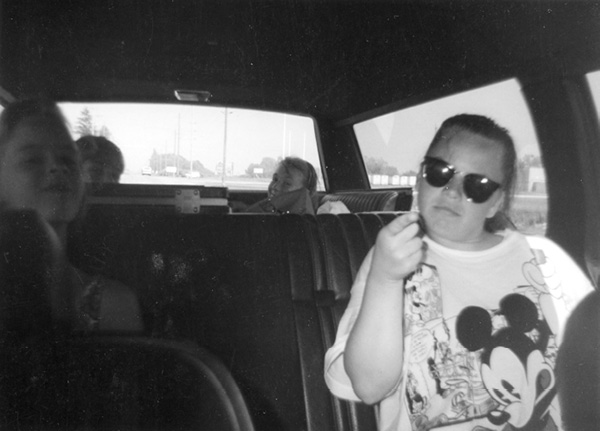
CHANGE PICTURES
first performed on December 11, 2012
Elvehjem Building, University of Wisconsin-Madison, Madison, WI
performed once in 2012
ANNA VITALE
Toni Tuminello, Sandy Johnson, Casey Girardin, April Adams, Kerry Zanders, Danielle Dew, Kiana Edwards
Madison, WI
006028047a006028047n006028047n006028047a006028047.006028047v006028047i006028047t006028047a006028047l006028047e006028047@006028047g006028047m006028047a006028047i006028047l006028047.006028047c006028047o006028047m
historyrepeating.wordpress.com
CHANGE PICTURES
ANNA VITALE
“Change Pictures” is a performance of love culled from an archive of images from childhood. It maintains that love is a necessary compensation for and redemption from suffering. This love is past, but is not lost or forgotten, and thus remains lively in memory. “Lively in memory” suggests the desire to sustain life in the face of death without the naiveté associated with denial. This performance is neither melancholic nor cruel.
I stand at a podium, to the right of a slideshow, switching between pictures of childhood friends in Detroit. I focus on one particularly tough friend who grew up with me on Longacre Street. I use her story, her commitment to defending herself, even though it meant hurting people, to talk about neighborhood violence, psychic trauma, 90s rap music, friendship and love.
Three texts, plus a number of images, exist simultaneously and it’s my work to move through these intuitively. The three texts include: 1) my ongoing address to the audience and my rejection of their projected desire to identify with the images and stories; 2) narration about the images, friends, friends’ lives, my life and the events in the images; 3) song lyrics to “Piru Love” by Bloods n’ Crips and “Gangsta Lean” by DRS.
“Change Pictures” was made with an academic audience in mind. It imagines this audience has not internalized the economic and social contexts for the lives represented in the photographs. It takes the opportunity to be didactic and pedagogical. It tells this audience it does not want them to understand. It will keep what’s being kept at arm’s length for the time being.
“Change pictures / Change pictures / Change pictures” accumulates to become compulsory in its unexpected urgency. I try to build silence back in, the passing of time unfilled, in order to feel what’s been coming. At the end, I stop reading from the text, and look behind me to see the last image. It’s a crowd of mostly black teenagers shouting at the camera. I speak to the audience off-book for the first time and barely manage to say, “This picture was taken at the University of Michigan. It was a summer camp hosted by DAP-CEP, Detroit-Area Pre-College Engineering Program. It was meant to give poor kids a taste of what going to university might be like,” before bursting into tears as I rejoin the audience.